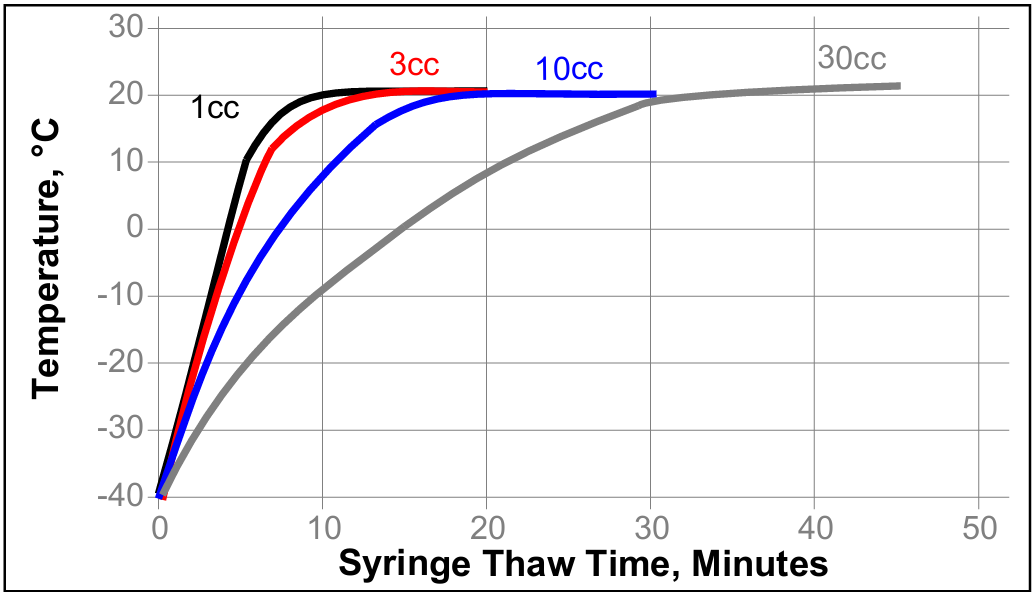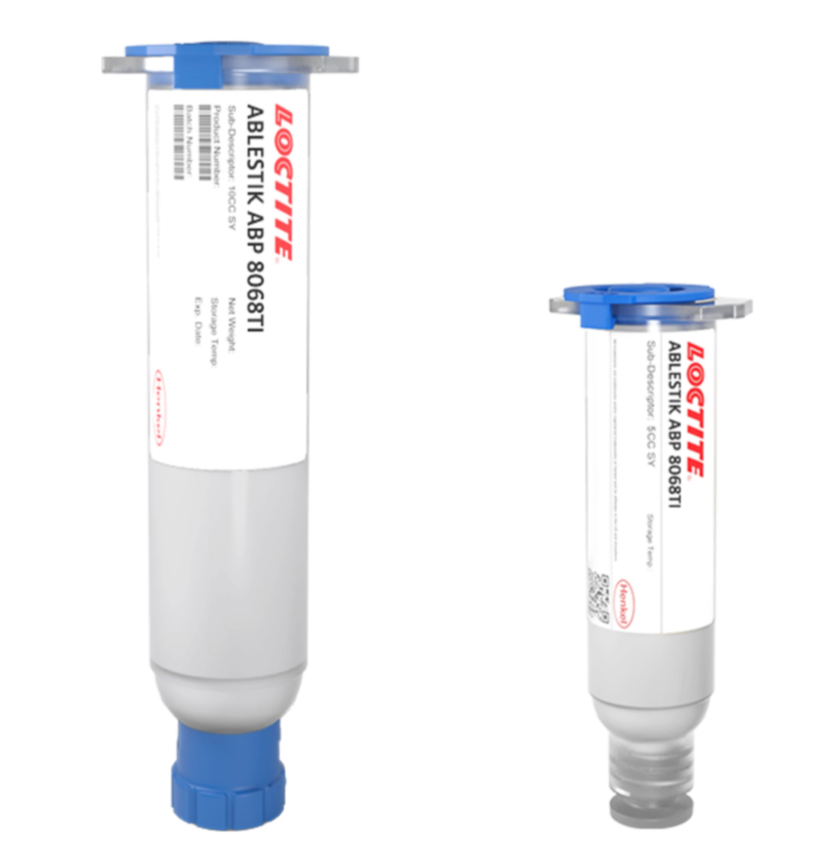LOCTITE ABLESTIK ABP 8068TI
Harmonization Code : 3506.91.90.99 | Prepared glues and other prepared adhesives, not elsewhere specified or included; products suitable for use as glues or adhesives, put up for retail sale as glues or adhesives, not exceeding a net weight of 1 kg ; Adhesives based on polymers of headings 3901 to 3913 or on rubber; Other ; Other
Main features
- High thermal and electrical properties
- Low sintering temperature
- High reliability
Product Description
LOCTITE ABLESTIK ABP 8068TI is a silver-filled, pressure less die attach adhesive designed for semiconductor packages with high thermal and electrical requirements. This material’s epoxy assisted sintering formulation is designed to provide high adhesion, high thermal and low stress properties which are essential for thermal and reliability performances of high end power packages. ABLESTIK ABP 8068TI has shown a better thermal performance compared to a solder paste material.
LOCTITE ABLESTIK ABP 8068TI is the enhanced sintering performance version of LOCTITE ABLESTIK ABP 8068TA adhesive with similar workability.
Technical Specifications
| General Properties | |||||||||||
| |||||||||||
| Work life @25°C Work life @25°C Work life is the amount of time we have to work with a material until it is no longer able to be easily worked and applied on a substrate. It is based on the change in viscosity and it can rely on the application requirements. | 24 hours | ||||||||||
| Physical Properties | |||||||||||
| Thixotropic index Thixotropic index Thixotropic Index is a ratio of a material s viscosity at two different speeds in Ambient temperature, generally different by a factor of ten. A thixotropic material s viscosity will decrease as agitation or pressure is increased. It indicates the capability of a material to hold its shape. Mayonnaise is a great example of this. It holds its shape very well, but when a shear stress is applied, the material easily spreads. It helps in choosing a material in accordance to the application, dispense method and viscosity of a material. | 6.5 | ||||||||||
| Viscosity Viscosity Viscosity is a measurement of a fluid’s resistance to flow. Viscosity is commonly measured in centiPoise (cP). One cP is defined as the viscosity of water and all other viscosities are derived from this base. MPa is another common unit with a 1:1 conversion to cP. A product like honey would have a much higher viscosity -around 10,000 cPs- compared to water. As a result, honey would flow much slower out of a tipped glass than water would. The viscosity of a material can be decreased with an increase in temperature in order to better suit an application | 13000 mPa.s | ||||||||||
| Mechanical Properties | |||||||||||
| |||||||||||
| |||||||||||
| Electrical Properties | |||||||||||
| Volume Resistivity Volume Resistivity Volume resistivity, also called volume resistance, bulk resistance or bulk resistivity is a thickness dependent measurement of the resistivity of a material perpendicular to the plane of the surface. | 9.0x10-6 Ohms⋅cm | ||||||||||
| Thermal Properties | |||||||||||
| |||||||||||
| Thermal Conductivity Thermal Conductivity Thermal conductivity describes the ability of a material to conduct heat. It is required by power packages in order to dissipate heat and maintain stable electrical performance. Thermal conductivity units are [W/(m K)] in the SI system and [Btu/(hr ft °F)] in the Imperial system. | 165 W/m.K | ||||||||||
Additional Information
Recommended Cure Schedule
- For the die size <5 x 5 mm:
- 20 minutes ramp from 25°C to 130°C, hold for 30 to 60 minutes; 15 minutes ramp to 200°C, hold for 60 minutes in air or N2 oven
- For the die size >5 x 5 mm:
- 20 minutes ramp from 25°C to 130°C, hold for 120 minutes; 15 minutes ramp to 200°C, hold for 60 minutes in air or N2 oven
- Alternate Cure Schedule (suitable for Ag, Au and PPF substrates)
- 20 minutes ramp from 25°C to 130°C, hold for 30 to 60 minutes; 10 minutes ramp to 175°C, hold for 60 minutes in N2 or air oven
Thawing
- Allow container to reach room temperature before use.
- After removing from the freezer, set the syringes to stand vertically while thawing.
- Refer to the Syringe Thaw time chart for the thaw time recommendation.
- DO NOT open the container before contents reach 25°C temperature. Any moisture that collects on the thawed container should be removed prior to opening the container.
- DO NOT re-freeze. Once thawed to 25°C, the adhesive should not be re-frozen

Directions for Use
- Thawed material should immediately be placed on dispense equipment for use.
- If the adhesive is transferred to a final dispensing reservoir, care must be exercised to avoid entrapment of contaminants and/or air into the adhesive.
- Adhesive must be completely used within the product's recommended work life.
- Bondline thickness guideline:
- Die Size <=3 x 3 mm², BLT control, µm: 10 to 25
- Die Size >3 x 3 mm², BLT control, µm: 20 to 50



